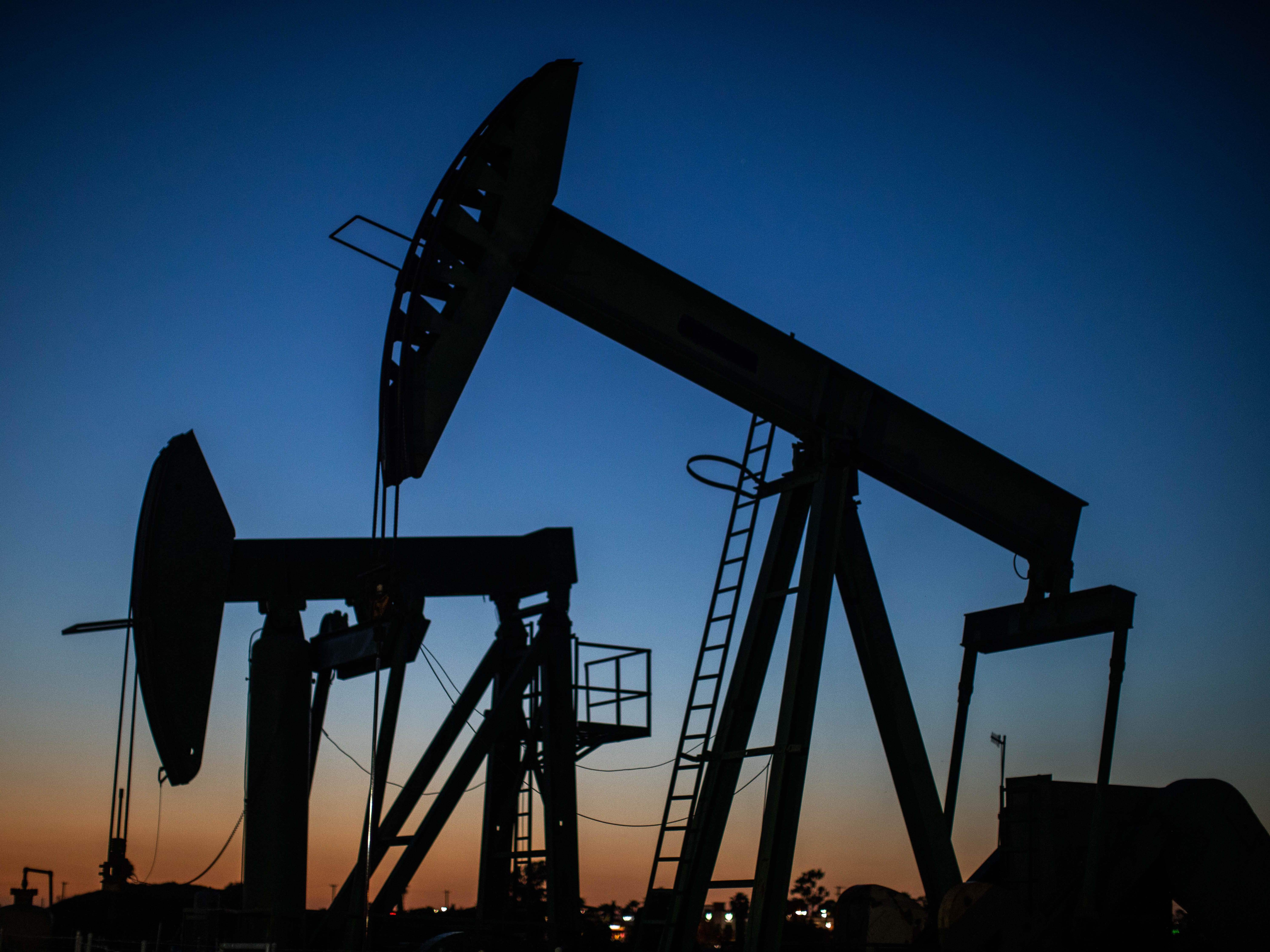
Hold That Drill: Why Wall Street Wants Energy Companies To Pump Less Oil, Not More
BY CAMILA DOMONOSKE
Oil prices have risen sharply over the last few months. Normally, that’s a recipe for a drilling frenzy from U.S. oil producers. But something strange is happening, or rather, not happening.
“U.S. producers are actually being restrained at the moment,” says Helima Croft, global head of commodities strategy at RBC Capital Markets. “They are trying to be disciplined.”
Oil companies are under a lot of pressure to keep their production down. And the call is coming from inside the house: it’s oil investors who are pushing for companies to pump less oil.
To understand why, it helps to take a little trip back in time.
Over the last decade, the fracking revolution sent U.S. oil production skyrocketing. Starry-eyed investors poured vast sums of money into the oil patch. Even after oil prices crashed in 2014, they bailed out companies on the brink of bankruptcy, and waited for all their investments to pay off.

Oil pump jacks operate at dusk in Long Beach, Calif., on April 21, 2020. After getting burned by the oil industry’s previous boom-and-bust cycles, Wall Street now wants energy companies to pump less crude, not more.
CREDIT: Apu Gomes/AFP via Getty Images
Instead, “the people that came in and put money to work … got burned,” says Dan Pickering, chief investment officer of Pickering Energy Partners.
It’s a simple principle of supply and demand: the more oil that’s for sale, the less each individual barrel is worth. That’s why members of oil cartel OPEC negotiate with each other to keep global supply down, to limit volatility, boost prices and improve the bottom line for producers.
But U.S. oil producers don’t coordinate like that. They turned all that Wall Street money into as much oil as they could possibly pump — oversupplying the market and keeping prices down. When they did make money, they poured it right back into more drilling, instead of taking it as profit.
That left many companies overextended, indebted and struggling — and that was before the pandemic caused an acute crisis for the entire oil industry.
How bad was this for investors? Manas Satapathy, a managing director at the consulting firm Accenture Strategy, points to exchange-traded funds like PSCE and FRAK, which track the performance of many U.S. oil producers.
If you’d invested a dollar in 2016, you’d have lost about 60% of your investment by the start of 2021. If you’d invested the same dollar in the S&P 500, you’d have doubled your money.
Of course, not everyone lost money in the oil boom. Investors who timed it right saw returns, oil executives got big paychecks, and oil workers and the businesses that serve them had some very good years.
But a lot of the big banks, retirement funds and other investors who funded the oil boom saw nothing close to the returns they had expected.
“Many of the investors have left with a bad taste in the mouth, and are not going to come back anytime soon,” Satapathy says.
That exodus is not just about recent returns. There are also growing concerns about climate change, and the long-term outlook for oil.
Scott Stringer, the New York City comptroller, works with a board of trustees to manage one of America’s largest public pension funds.
The city recently pulled $4 billion of those pension funds out of fossil fuel investments, both in the name of fighting climate change and protecting the fund’s bottom line.
“The data doesn’t lie,” Stringer says. “These are not investments that will grow a pension fund.”
Governments, including the Biden administration, are pushing for a more rapid transition away from fossil fuels. This global action on climate change is raising huge questions about the long-term outlook for oil and gas sector as an investment.
So what about today?
The energy sector is on the upswing right now, as oil prices surge amid signs of a recovery in the global economy.
But even the investors who are sticking with oil and gas are putting a lot of pressure on companies to rein themselves in.
And that makes a big difference. Many oil producers need Wall Street money to fund new wells. Investors control the purse strings. And right now, investors just aren’t impressed by how many barrels a company says they can drill.
“Investing for the sake of growth is not what investors want,” says Pickering, of Pickering Energy Partners. “Growth got us more barrels. It got us too many barrels. It got us low prices. It got us weak returns.”
Less oil, more cash in hand: That, in a nutshell, is what oil financiers are demanding. And in response, executives are vowing that they’ll be responsible, and focus on profits over oil.
In earnings calls this spring, CEOs who once boasted of how much oil they could pump are now on the defensive over every new drilling rig they deploy.
The shift hasn’t gone unnoticed by analysts, investors — or rivals.
“‘Drill, baby, drill’ is gone forever,” Saudi energy minister Abdulaziz bin Salman said on Thursday, with a smile. OPEC+ is keeping supply in check, and bin Salman said shareholder interests will push U.S. producers in the same direction.
But will it really be forever?
Oil companies like to drill for oil. It’s kind of what they do. And as prices go up and up, they may struggle to stick to the austere targets they’ve been committing to.
That remains a concern for the oil investors who are sticking around, according to Rebecca Fitz, of Boston Consulting Group’s Center for Energy Impact.
“The fear is that companies start throwing all their money into growing,”she says. “It’s the issue to watch over the next year.”















